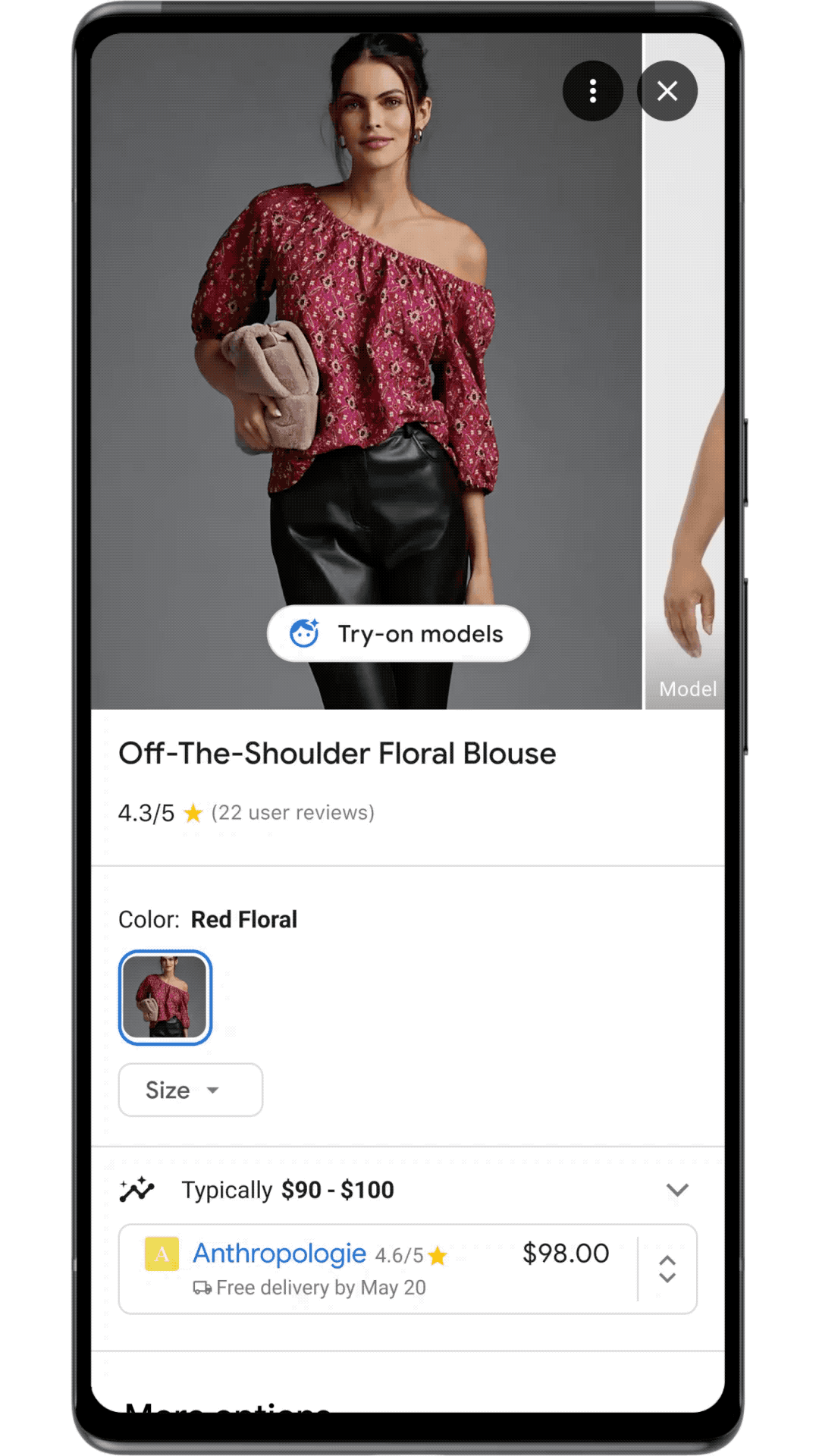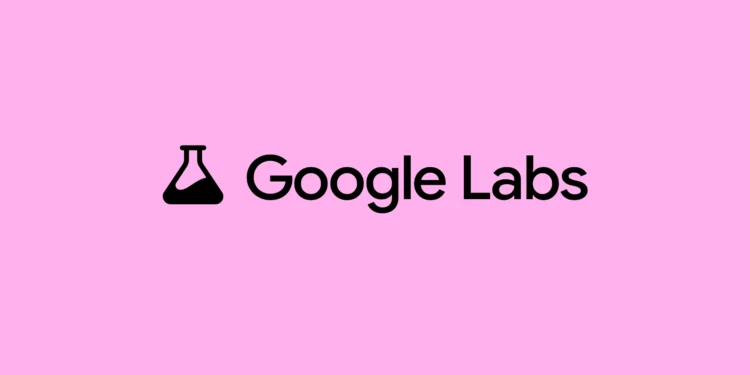We’ve all been there: scrolling through social media, spotting the perfect outfit on a friend or influencer, and wondering how it would actually look on our body type. Or finding a stunning vintage piece at a thrift store but hesitating because you can’t visualize how it fits your style. Google’s new experimental app, Doppl, aims to eliminate that guesswork entirely with AI-powered virtual try-on technology that works with any outfit you can photograph.
How Google Doppl Works: AI-Powered Virtual Styling
Doppl transforms your smartphone into a personal styling assistant through a surprisingly simple process. The app first requires you to upload a full-body photo of yourself, which becomes the foundation for your digital avatar. From there, the magic happens: you can photograph or screenshot virtually any outfit, whether it’s a friend’s Instagram post, a thrift store find, or a Pinterest inspiration board, and watch as AI visualizes how it would look on your body.

The technology goes beyond static images. Doppl converts these visualizations into AI-generated videos, letting you see how the outfit moves and flows in motion. This dynamic element addresses one of virtual try-on technology’s biggest limitations: understanding how clothes actually behave when worn. You can save favorite looks, browse through your virtual wardrobe, and share styled outfits with friends for feedback before making purchase decisions.
Beyond Basic Try-Ons: Advanced AI Features
What sets Doppl apart from existing virtual try-on solutions is its flexibility and integration with Google’s broader ecosystem. Unlike traditional virtual fitting rooms that only work with specific retailer inventories, Doppl works with any clothing image you can capture. This means you can try on vintage finds, custom pieces, or even outfits from international brands not available in your region.
The app builds on Google Shopping’s recently launched virtual try-on capabilities, but the standalone format makes the technology more accessible for experimental styling rather than immediate purchasing. Google appears to be using Doppl as a testing ground for more advanced AI fashion visualization features that could eventually integrate across their shopping platform.
Privacy and Accuracy: What Users Should Know
Before diving into virtual styling, users should understand what they’re sharing. Doppl requires full-body photos for accurate visualization, raising questions about how Google stores and uses this biometric data. The company hasn’t detailed specific privacy protections for the experimental app, which could concern privacy-conscious users.
Google acknowledges Doppl’s current limitations, stating that “fit, appearance and clothing details may not always be accurate.” Early AI fashion visualization often struggles with complex patterns, unusual textures, and precise sizing, limitations that could lead to disappointed expectations when purchasing items based on virtual try-ons.
Market Impact: How Doppl Could Transform Fashion Retail
Doppl represents a significant shift in how we approach fashion discovery and shopping decisions. Traditional virtual try-on technology focuses on specific retailer catalogs, but Doppl’s universal approach could change how consumers research and validate fashion choices across all shopping channels.
For fashion retailers, this technology presents both opportunities and challenges. While it could reduce return rates by helping customers make better-informed decisions, it also means Google gains valuable data about consumer fashion preferences and shopping behavior. Retailers may need to adapt their marketing strategies as consumers increasingly use AI visualization tools before visiting brand websites or physical stores.
The experimental nature of Doppl, currently available only on iOS and Android in the United States, suggests Google is carefully monitoring user adoption and technical performance before broader rollout. Success could accelerate similar AI fashion tools from competitors like Amazon, Meta, and specialized fashion tech companies.
The Future of AI-Powered Fashion
Google’s Doppl experiment signals a broader transformation in fashion retail technology. As AI visualization becomes more sophisticated and accurate, we’re moving toward a future where trying on clothes virtually becomes as reliable as physical fitting rooms. This could revolutionize online shopping, reduce waste from returns, and democratize access to fashion by letting users experiment with styles regardless of geographic or economic barriers.
For consumers, Doppl offers a glimpse into more personalized, efficient fashion shopping. Instead of buying items hoping they’ll work, you can experiment with countless combinations, share looks for feedback, and make confident purchase decisions. The technology essentially turns every outfit you see into a potential addition to your wardrobe, with AI helping you decide if it’s worth the investment.
Ready to revolutionize your fashion choices? Is only available in the US on Google Labs, when it releases in this region, we will let you know
This article was rewritten with the aid of AI
At Techsoma, we embrace AI and understand our role in providing context, driving narrative and changing culture.













